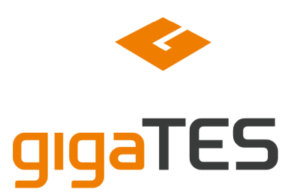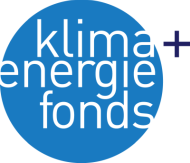gigaTES
Giga-Scale Thermal Energy Storage for Renewable Districts
Subject
- Storage
- Solar thermal energy
- Energy supply
- District heating
- Energy concept
Task
- Consulting
- Technology transfer
- Knowledge transfer
- Development
- Research
Funding
- Public funds
Period
01/2018 – 12/2020 (3 years)
Budget
3.3 m. EUR
Description
The Austrian lead project gigaTES aims at developing giga-scale storage concepts for urban districts with integrating large shares of renewables focusing on Austrian implementations.
Client
Austrian Climate and Energy Fund
Partner
- AEE INTEC – Institut für Nachhaltige Technologien (AT) (Koordinator)
- Steinbeis Research Institute Solites (DE)
- S.O.L.I.D. Gesellschaft für Solarinstallation und Design mbH (AT)
- Johannes Kepler Universität – Institute of Polymeric Materials and Testing (AT)
- Universität Innsbruck – Institut für Konstruktion und Materialwissenschaften, AT
- Ingenieurbüro ste.p ZT-GmbH (AT)
- AGRU Kunststofftechnik GmbH (AT)
- Metawell GmbH (DE)
- Bilfinger VAM Anlagentechnik GmbH (AT)
- Geologie und Grundwasser GmbH (AT)
- PORR Bau GmbH Tiefbau (AT)
- Lenzing Plastics GmbH (AT)
- PlanEnergi (DK)
- Gabriel-Chemie Gesellschaft mbH (AT)
- Smart Minerals GmbH (AT)
- Wien Energie GmbH (AT)
- Salzburg AG (AT)
- GVT Verfahrenstechnik GmbH (AT)
Aim
- Comprehensive overview of requirements and challenges for application and installation of giga-scale heat storages
- Development of innovative and optimal construction methods for giga-scale heat storages
- Elaboration of economically viable solutions for critical storage components such as base plate, liner and cover
- Development of novel polymeric and anorganic materials for the construction of large-scale heat storages
- Development of simulation models considering different modelling depths, validation and application of the models for optimising the construction in respect to relevant boundary conditions
- Assessment of the additional benefit and importance of large-scale storages in respect to existing and future district heating networks
Implementation
- Development of components and technologies
- Materials development and testing
- Computer aided storage optimisation
- System integration and storage management
Results
- Categorized and prioritized requirements, challenges and benefits of giga-scale heat storages for at least three Austrian locations representing possible archetypes.
- Technology concepts for large & deep storage pits within five typical construction grounds (rock/soils, with/without ground water), designs and process technologies for multilayer structures for the bottom, the wall and the cover of giga-scale TES.
- Novel liner, concrete and metal-sandwich materials with improved temperature capability and lifetime as well as optimized multi-functional property profiles according to the component specific requirements.
- Detailed 3D TES model accounting for different ground layers, ground water flow, complex geometries, and moisture transport and convection in multi-layer structures at the bottom, the wall or the cover.
- Simulation framework, application scenarios and operating windows for district heating systems with integrated giga-scale TES.

Downloads and links
www.gigates.at
Contact
Thomas Schmidt
schmidt@solites.de
This project has received funding from

The sole responsibility for the content of this webpage lies with the authors. It does not necessarily reflect the opinion of the funding organization. Neither the funding organization nor the author are responsible for any use that may be made of the information contained therein.